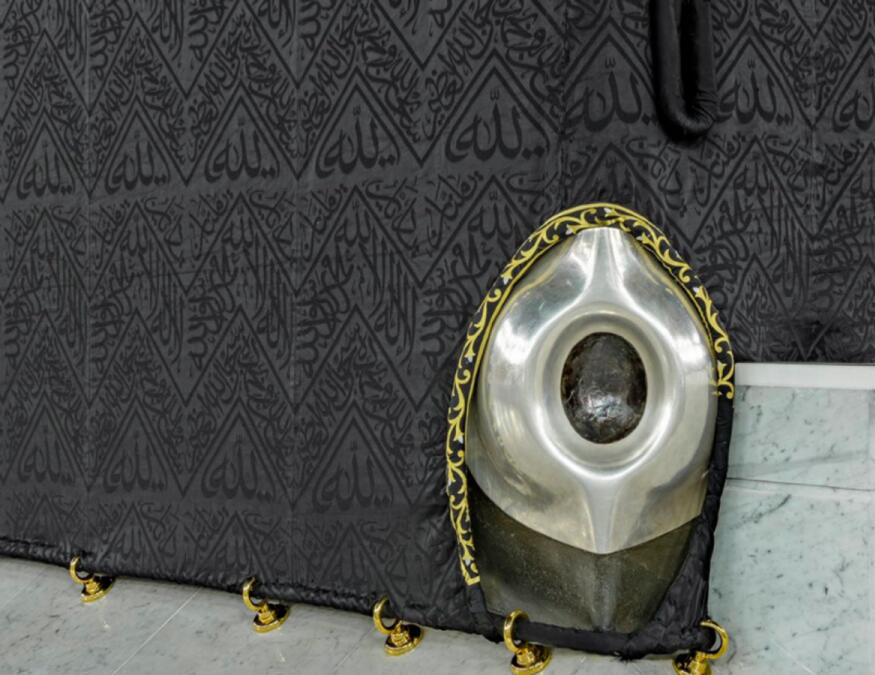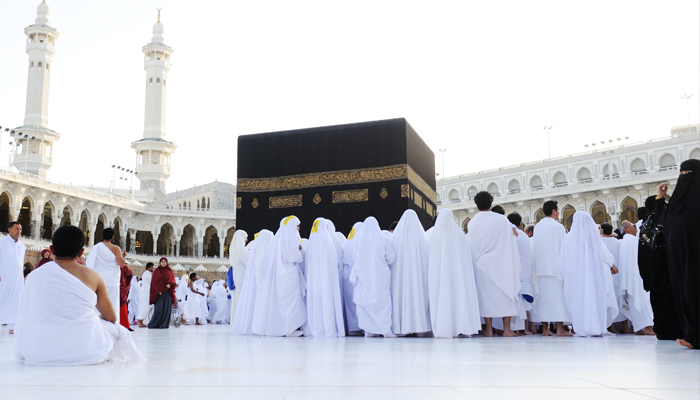
How to perform the pilgrimage of Hajj
In this section we try to give a very brief summary of all the main steps of performing the hajj. However the reader should be

The “Shadharawan” is actually called the “Hijr Ismail” or “Hijr” for short, which is a low wall that surrounds the Ka’bah on three sides. It is located to the north of the Ka’bah and is made of light-grey coloured marble.
According to Islamic tradition, the Hijr marks the site where Prophet Ismail (peace be upon him) and his mother, Hajar, used to live. It is also believed that Prophet Muhammad (peace be upon him) used to pray in this area.
The Hijr is considered a part of the Ka’bah and is therefore considered a sacred site. However, it is not considered a part of the tawaf, which is the act of circumambulating the Ka’bah during the Hajj and Umrah pilgrimages. Therefore, pilgrims are not required to include the Hijr in their tawaf.
Despite its significance, the Hijr is not accessible to pilgrims during the Hajj and Umrah, as it is currently separated from the rest of the Haram area by a fence. However, visitors to the Haram are still able to see and appreciate the Hijr from a distance.

In this section we try to give a very brief summary of all the main steps of performing the hajj. However the reader should be

Below are the main steps which include all the main aspects of perfuming the holy pilgrimage of Umrah. All although we have kept the basic
We offer a wide range of Ihram kits & Accessories including unscented fragrances, Bags, Prayer mats, towels, Anti-theft belts, and skincare products.

Adult Terry Ihrams - Price includes Delivery

Complete one stop shop for all your Hajj and Umrah needs from quality soft cotton Ihrams to the accessories for the holy journey Email us today for any questions
Copyright © Ihram. All rights reserved.